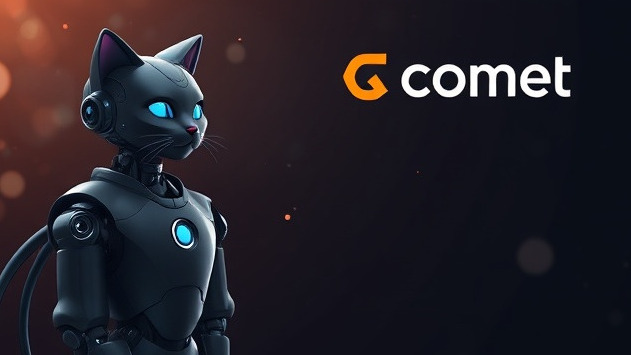
Unlocking Predictive Power: Understanding Time Series Forecasting with Machine Learning
Imagine a world where businesses can accurately predict their sales for next month, weather forecasts are tailored to define localized needs, or stock prices are more predictable than ever. This reality is made possible through forecasting data time series with machine learning, a process that transforms vast amounts of sequential data into actionable insights. Time series data, which consists of observations collected at sequential time intervals—such as daily sales figures, hourly website traffic, or minute-by-minute temperature records—can reveal patterns once coupled with advanced machine learning techniques.
Why Time Series Forecasting Matters
Consider a trendy beverage business. By analyzing daily sales data, the owner can forecast demand spikes during weekends and drops during rainy seasons. This perceptiveness not only aids in effective inventory management but also enables strategic marketing initiatives. Time series forecasting is vital across various sectors: in retail, it optimizes supply chains; in finance, it predicts stock valuation; in energy sectors, it estimates electricity consumption; and in healthcare, it monitors disease trends. Understanding these patterns leads to quicker, more informed decision-making—an invaluable asset in competitive industries.
The Machine Learning Advantage
Traditional forecasting methods, such as ARIMA or exponential smoothing, often rely on strict linear assumptions. In contrast, machine learning models—including Random Forests, Gradient Boosting, and sophisticated Deep Learning architectures like LSTM and GRU—excel at capturing complex nonlinear relationships within data. For example, ice cream sales can vary due to factors such as temperature, holidays, social media trends, and overall weather conditions. Machine learning adeptly integrates these variables, resulting in far more accurate predictions than traditional methods.
Challenges to Watch For
However, this powerful technology is not without its challenges. Data integrity is paramount; outliers can skew results dramatically, while the quality and quantity of data are essential for effective learning. Machine learning techniques, especially deep learning, often require extensive computational resources, particularly with voluminous datasets. Moreover, the pitfalls of overfitting—a scenario where models excel on training data yet falter when encountering new instances—must be diligently addressed.
A Real-World Example: Coffee Sales Prediction
Consider a cafe owner analyzing historical sales data from 2020 to 2024. By implementing an LSTM model, the owner can anticipate sales trends for 2025, learning seasonal patterns such as increased purchases during rainy weather. This foresight enables more effective pricing, promotion, and distribution strategies, showcasing how machine learning can empower businesses to thrive.
Conclusion: Embracing Machine Learning's Role in Society
Forecasting data time series with machine learning is not just a fleeting trend—it’s becoming essential across industries, from retail and healthcare to finance. Understanding and utilizing these prediction capabilities can position organizations favorably against competition, amplifying their success potential in an ever-evolving landscape. To dive deeper into machine learning practices and explore realistic applications, consider joining a Bootcamp focused on Machine Learning and AI for Beginners, where practical knowledge meets theoretical foundations.
 Add Row
Add Row  Add
Add 




Write A Comment